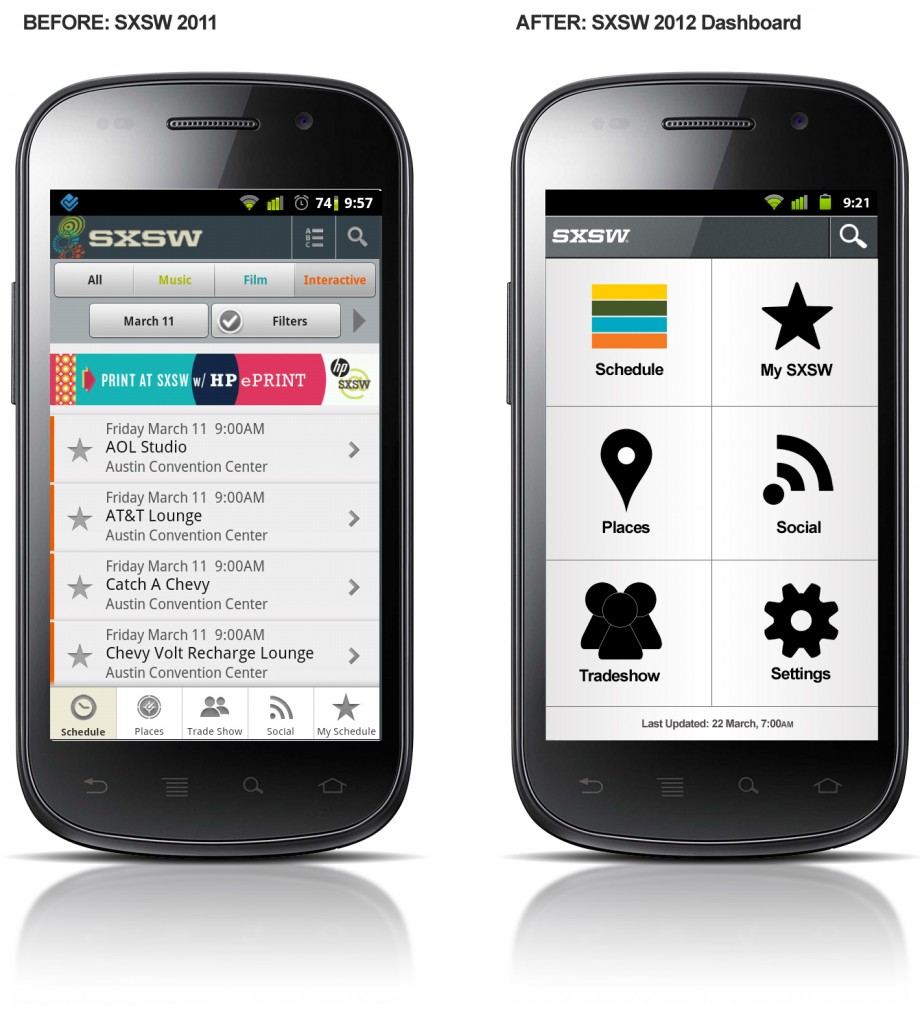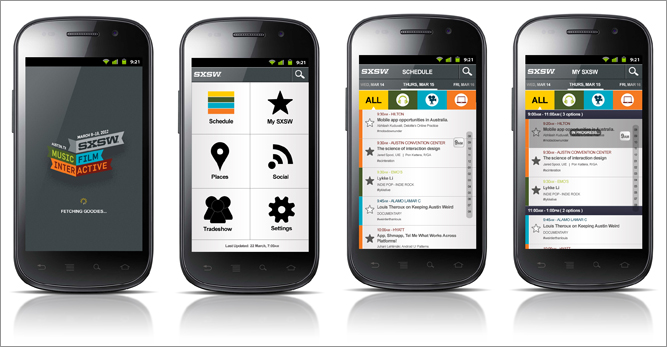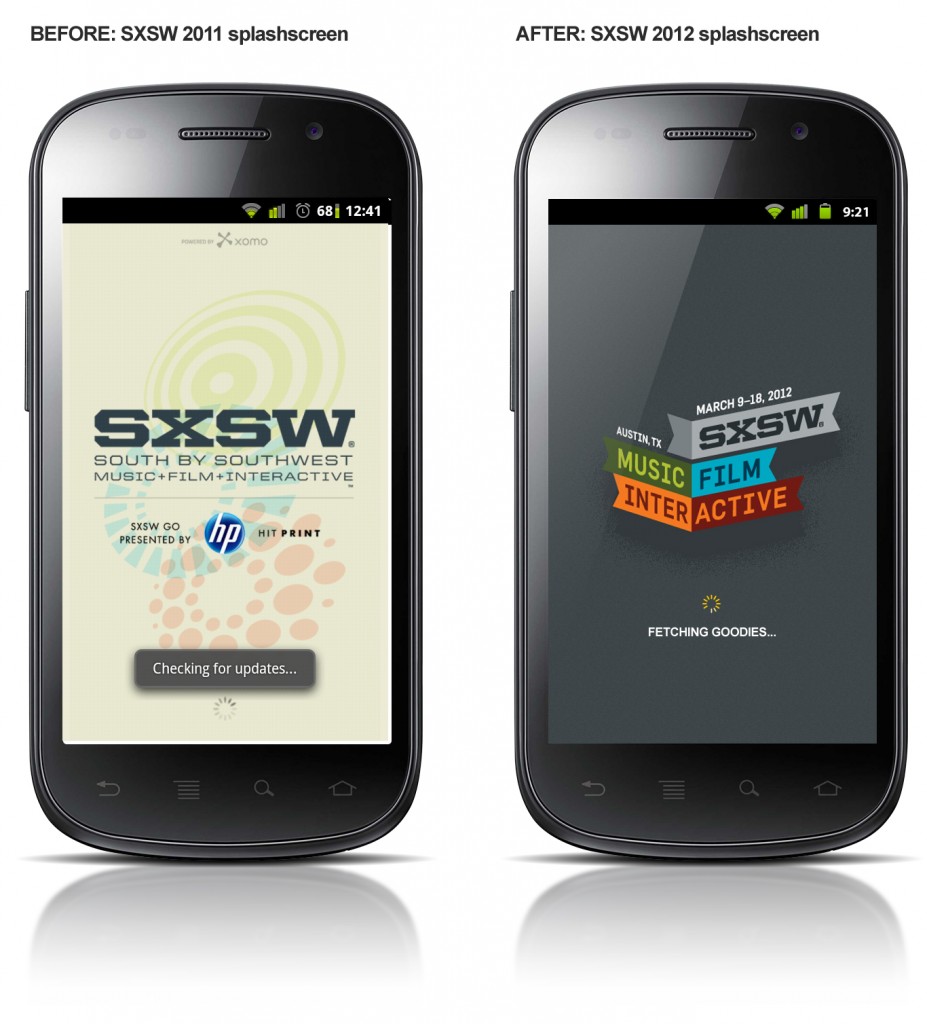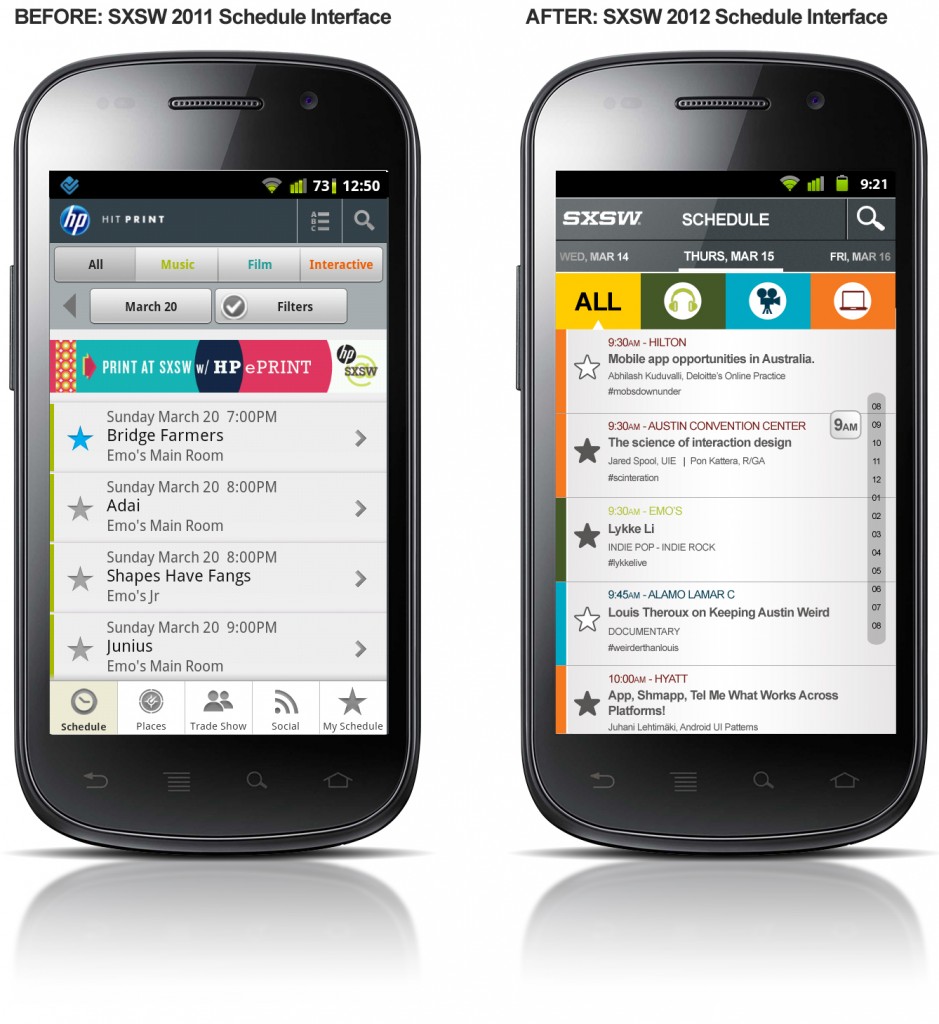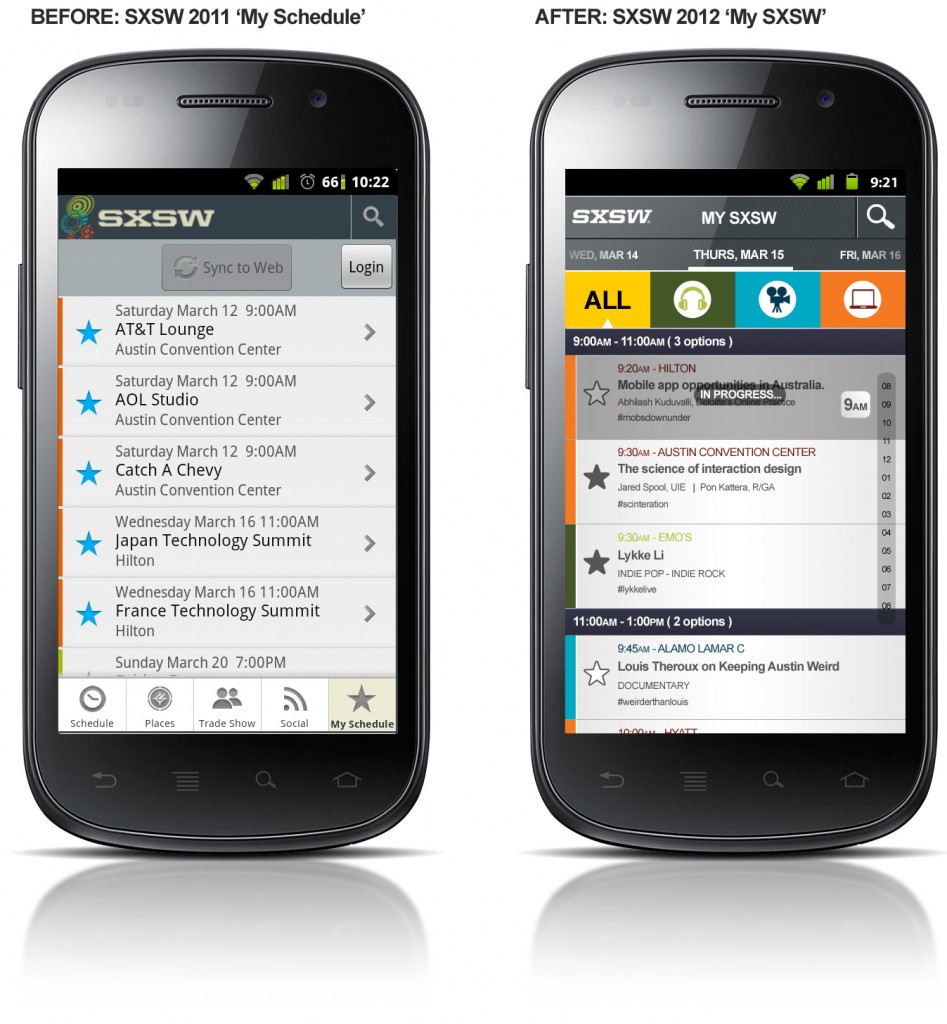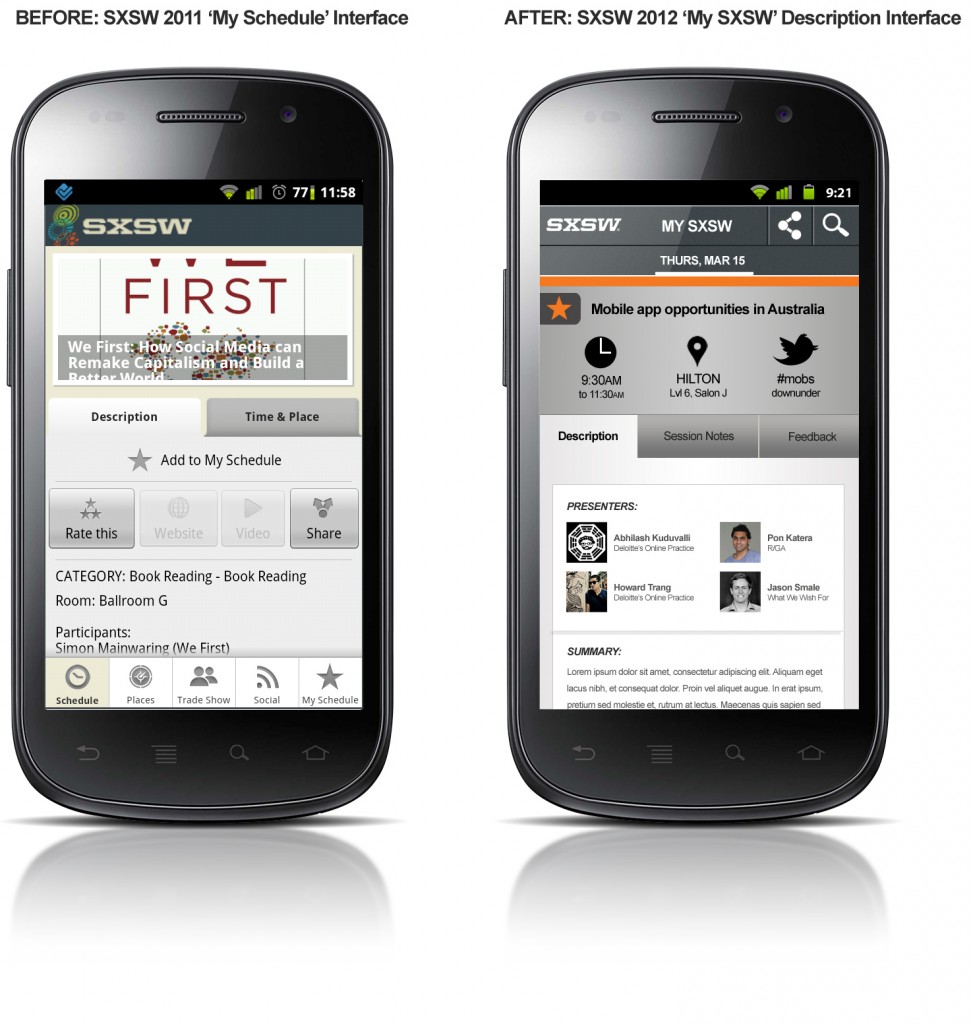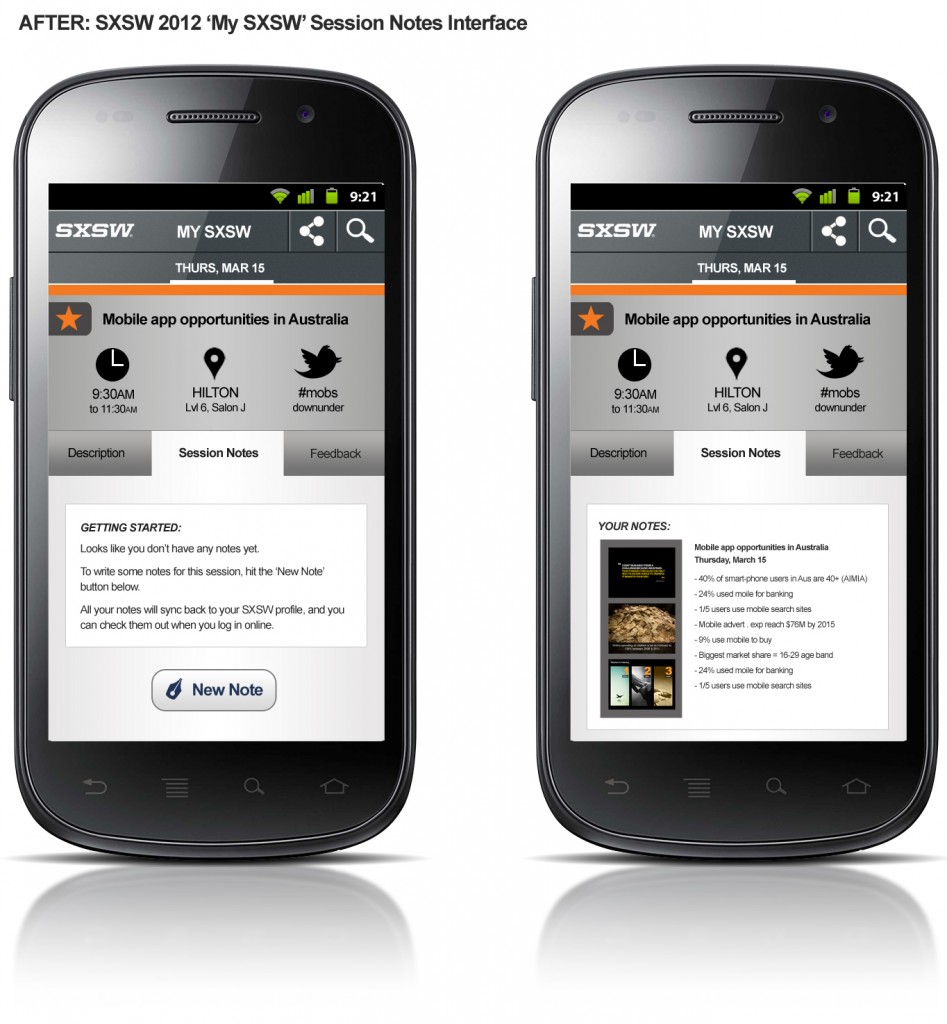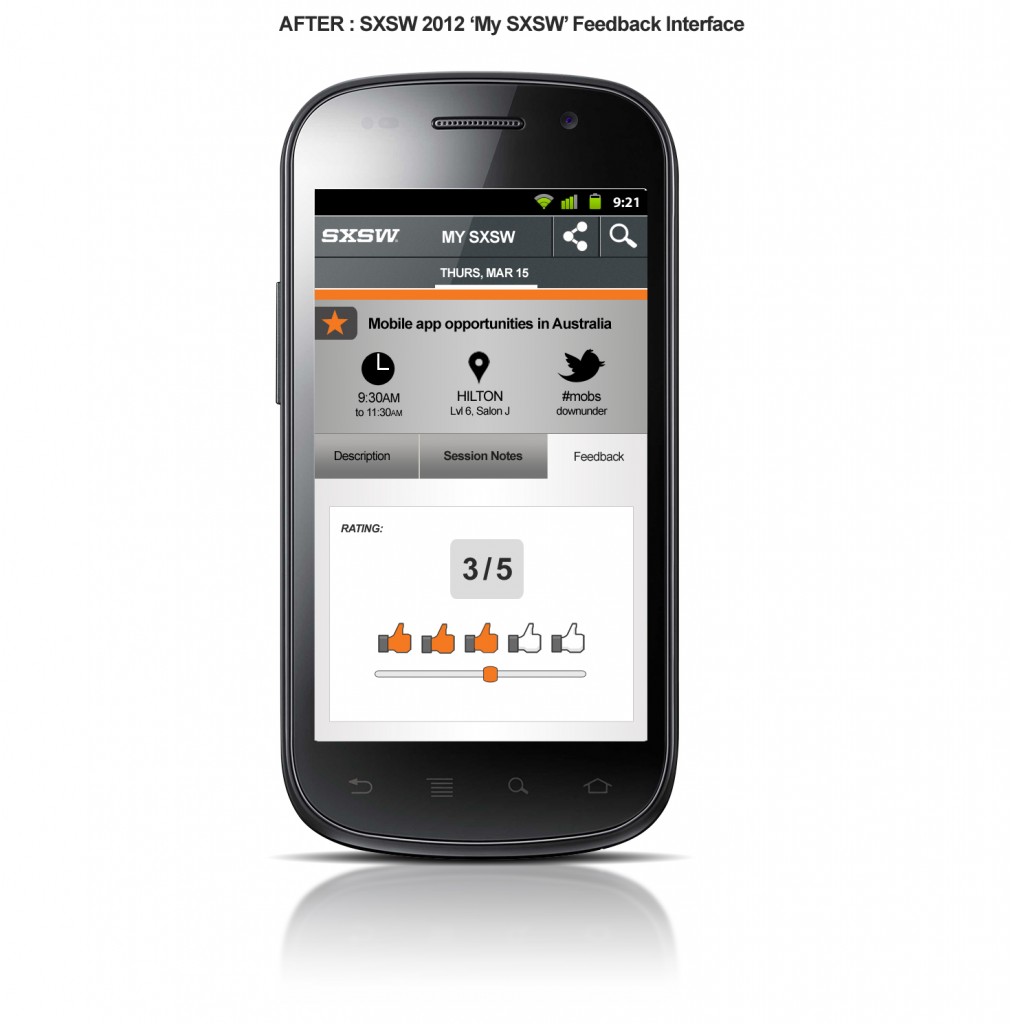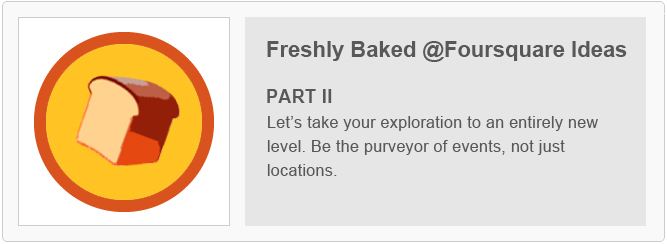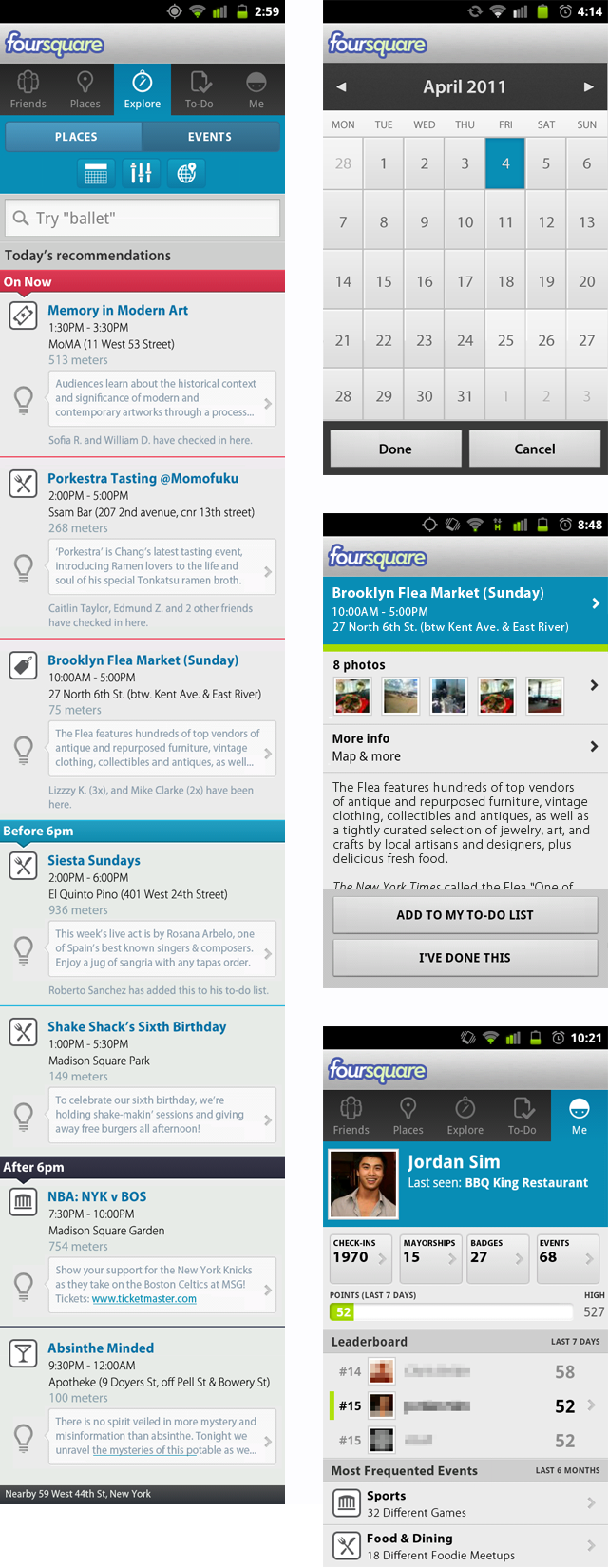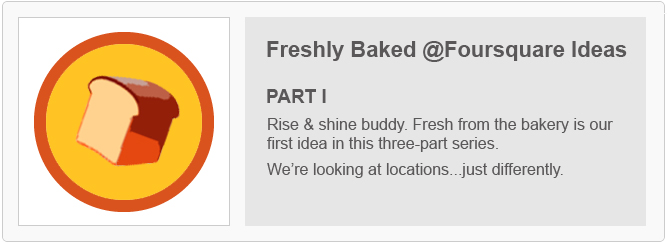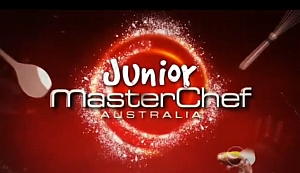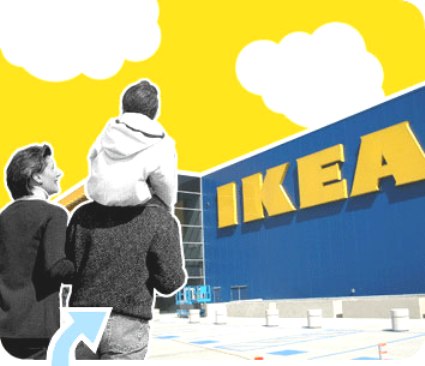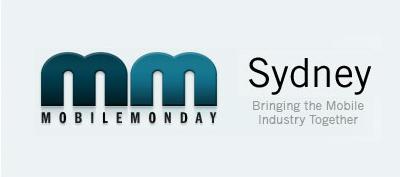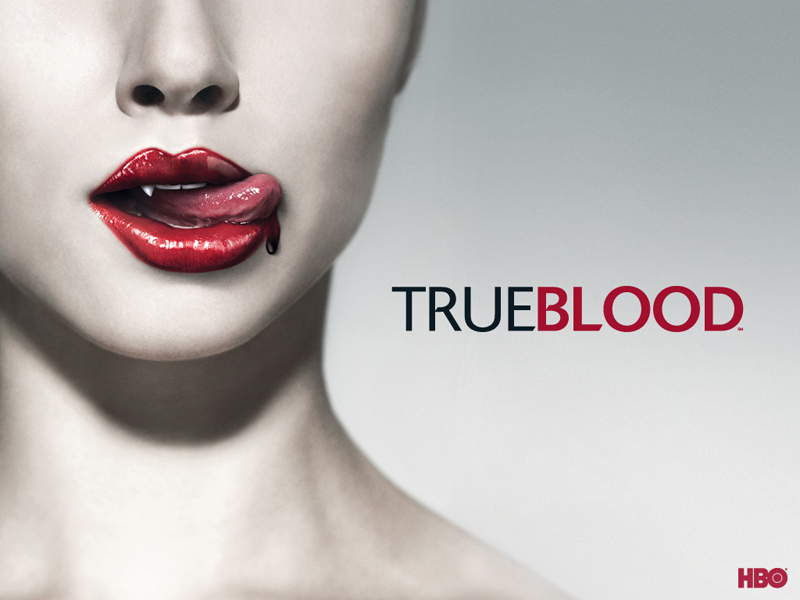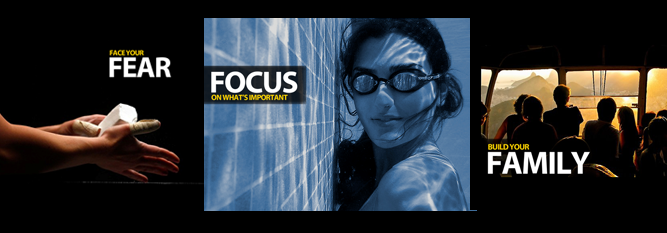 This morning I was fortunate enough to be given the opportunity to speak at the Deloitte Inspiring Women's Event. The brief given to me was to talk about my career at Deloitte. Given that I'm still in the formative stages of my career, I chose to take a different angle and focus on the things that have moved me over the past 16 months, since joining Deloitte as a graduate, and the things that I value. As such, I talked about Fear, Focus & Family.
This morning I was fortunate enough to be given the opportunity to speak at the Deloitte Inspiring Women's Event. The brief given to me was to talk about my career at Deloitte. Given that I'm still in the formative stages of my career, I chose to take a different angle and focus on the things that have moved me over the past 16 months, since joining Deloitte as a graduate, and the things that I value. As such, I talked about Fear, Focus & Family.
Here's my story:
[SLIDE 2] Gymnastics is a sport I’m fascinated by because it’s such a high risk sport - perfection is only millimetres from paralysis. If you follow gymnastics, putting talent aside, you’ll know that the success of any gymnast is inversely proportional to their level of fear. Gymnasts, who control their fear, master the most technically difficult routines and emerge with gold. In fact, the key to a gymnast’s success is that they courageously face their fears and they use it to rid themselves of self-doubt and to push themselves further than they could’ve ever imagined.
[SLIDE 3] This is a quote from my favourite gymnast, Nadia Comaneci. “I don’t run away from a challenge because I am afraid. I run toward it because the only way to escape fear is to trample it beneath your feet.”
We always think of fear being a negative construct. But today, I want to change your perception of fear. If there is one thing I want you to take away from this, it’s that you can use fear as fuel, a catalyst, and you can channel this energy to achieve and even exceed your own expectations. And Nadia is proof of this - at the age of 14, she became the first gymnast to score a perfect 10 in Olympics gymnastics history.
So ladies & gentlemen, fear has the power to immobilise. The choice is yours alone, whether you allow it to restrict you, or empower you.
[SLIDE 4] I’m a swimmer and I’ve always loved jumping into the pool and facing off with that black line. But swimming hasn’t just been about fitness for me. It’s been a humbling experience around learning to focus on what’s important. Back at high school, there was one event which all school boys died to compete in – the men’s 6 by 50M freestyle relay. I knew what time I needed to qualify for the team, but I struggled to hit it for a while. One session, my coach sat me down and she said, “All you’re thinking about is that qualifying time, but you’re forgetting what’s important – your technique. Re-focus on tucking that chin in on the dive, keep those hips high and make every stroke count. Gradually, the milliseconds came off and after a month, I qualified for the team, we went on to win the shield. And while I don’t have a lifetime of professional experience to speak from, I’ve taken this focus from the pool to the office. There’s one motto, which I’ve lived by since Day 1 at Deloitte.
[SLIDE 6] "Your company doesn't pay you to focus on your career. It pays you to focus on your client." Now I’ve had mixed reactions from people saying that’s verbal flatulence to others confirming that I’m Asian, because if you read that, it’s all about value for money. But jokes aside, just as each stroke counts in the pool, I have made each engagement and each client count for me. All my observations, all my lessons from every engagement I’ve been on are logged in here, and I reflect on it constantly. And this culmination of learning and insight is like a lining up a set of perfect strokes. Focusing on giving my best for the client and learning are important things for me. They may not be as important for you, so the question for you is “What is important for you? Are you focusing on it? And if so, are you making every stroke count?”
[SLIDE 7] The last topic I want to talk about is family. And there are two elements to family. Firstly, your client family, and secondly, our Deloitte family. Let me begin with the client family. That’s my previous client, the Global CCS Institute. That’s me. That’s my manager, Chrissy, and the rest of the people in the photo are our clients. This was probably the most revelationary experience I’ve had in understanding client advocacy. And it’s largely due to Chrissy. She’s the Oprah Winfrey of building client advocacy, she totally kicks butt, and if there’s one thing I’ve learnt from you, it’s to think of my clients as an extension of my family. I’d love to share the stories between ourselves and the client, but I’m afraid you’ll either misinterpret them or be grossly offended. But that’s the beautiful thing about it. Chrissy was able to move the relationship beyond just a sterile client-consultant model, to one that was so intimate and honest, where real friendships developed. Jason, the guy next to me got so sentimental in the last week, he was hounding me about my Facebook so we could keep in touch. Then on the last day, rather than shaking hands, he wanted to bum tap as a farewell. Now in my mind, that’s an all new level of client advocacy. So the takeaway for you is when you leave this room, and when you go to your clients this morning, think about how you can go beyond the standard client-consultant model build that meaningful relationships with them.
[SLIDE 8] The other element to family is the internal Deloitte family. And I’m talking to you about this, because our family is something I deeply value. I think I’m blessed to say that I look forward to work everyday because I work with a bunch of pretty cool people. And I’m pretty sure its fair to say that my walk just to my desk would probably take me 5-10 minutes every morning. And that’s just non-harbour side. We’ve been performing extremely well in the market, and we’ve been recruiting like mad. But that uniquely positions us to revamp our culture. How do you want to shape the future Deloitte? Do you want to work with strangers from 9-5? Or do you want to work with friends from 9-5 who you can chill out with and have a drink with after work? What family do you want?
[SLIDE 9] So in conclusion, face your fear, focus on what's important and build your family.
